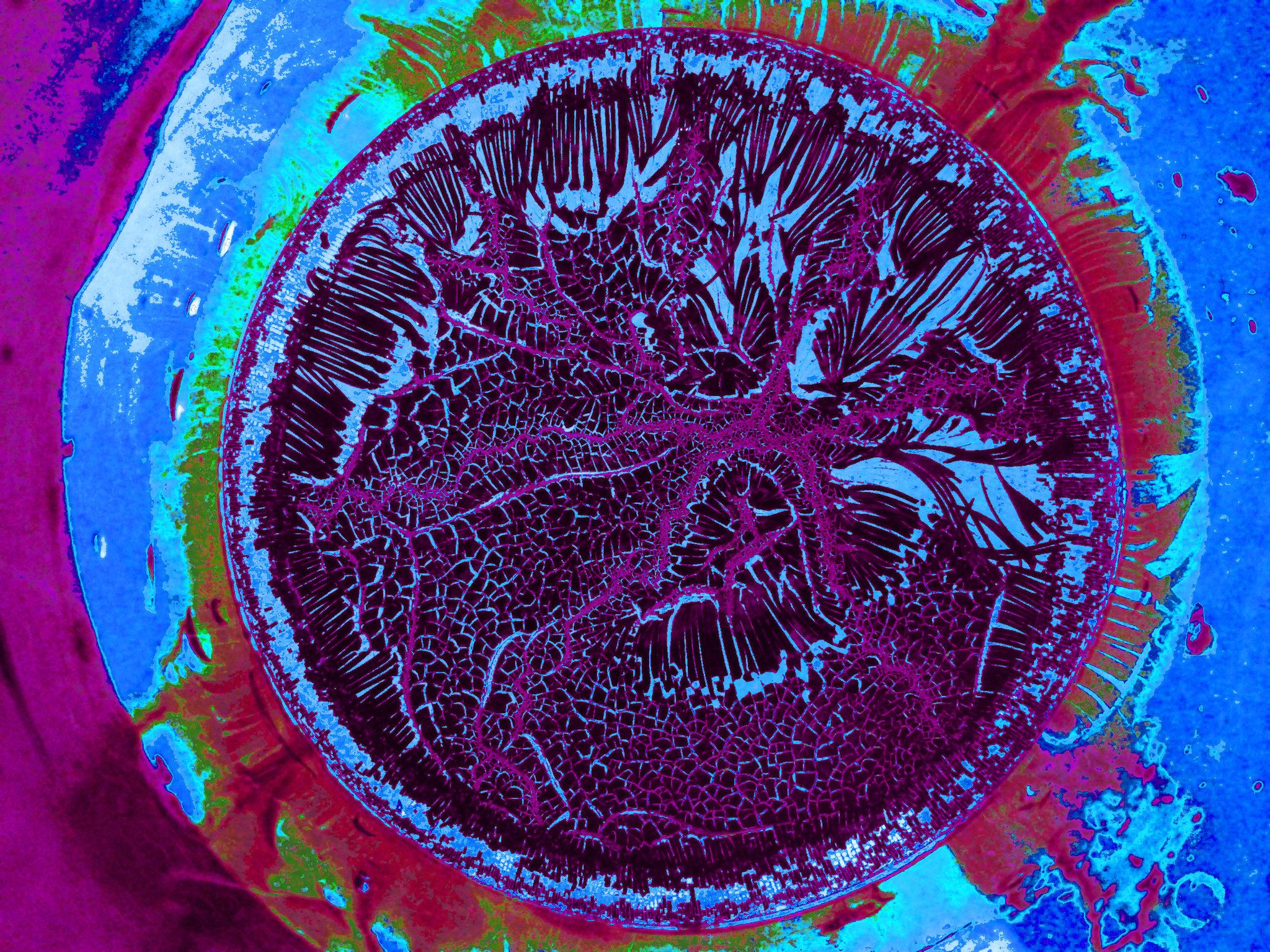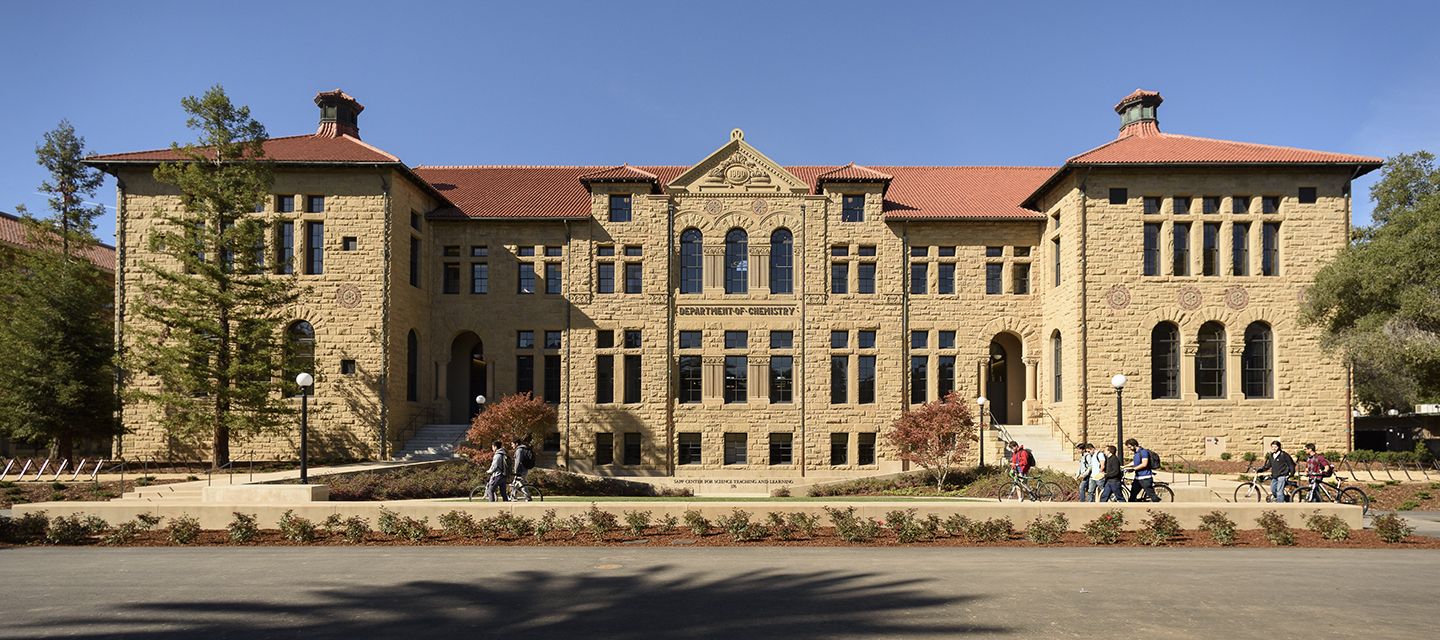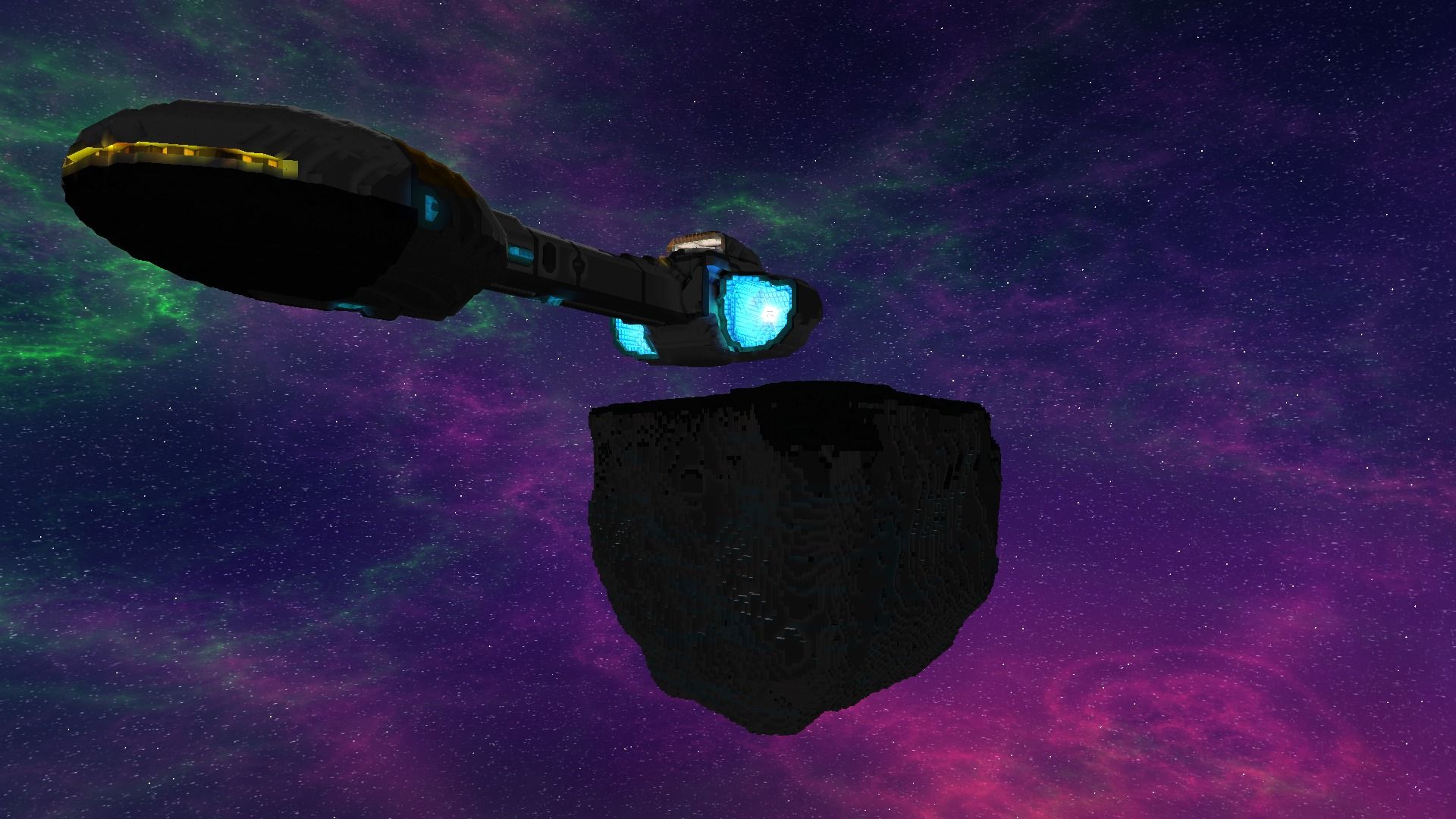For my art meets science connoisseur friends.
The winners of this year’s “Art in Science” photo competition have been announced. See the winning entries in the gallery below.


Last month in Paris, the Hello Tomorrow Global Summit brought together entrepreneurs and inventors, investors and industry for a two-day event exploring the science shaping the future.
Now in its third year, the conference is unique in the sci-and-tech futures circuit for putting scientists, academics and inventors centre stage, and in the same room as the investors and business types who can help bring their ideas to life. Some of the leading minds of tomorrow were there to present, discuss and debate their work.
Among them were some 500 startups battling for the Hello Tomorrow Challenge, a prize awarding early-stage science and tech ventures across 10 categories – from air quality to aeronautics – with equity-free cash, mentoring and exposure.


Party for Science with Steve Aoki and help raise awareness and funds for the SENS Research Foundation.
Hang with DJ Steve Aoki at a nightclub and you can expect an earful of his electronic bangers and confetti in your hair. Cozy up to Steve Aoki at Brooklyn Bowl on November 15 and you’ll get to hit pins alongside neuroscientists, bid on one-of-a-kind experiences in live and silent auctions (think jumping into the foam pit at Aoki’s Las Vegas “playhouse”) and catch him outside the booth as he hosts the Aoki Foundation’s Bowling for Brains fundraiser. The inaugural event supports the Buck Institute on Aging, SENS Research Foundation and Las Vegas’ own Lou Ruvo Center for Brain Health, continuing the foundation’s ongoing support of regenerative science.

““The School of Humanities and Sciences is systematically re-thinking how we teach entry-level courses in the sciences,” said Richard P. Saller, dean of the School of Humanities and Sciences, during opening remarks for the event. “Half of all freshman enrollments in Stanford are in beginning-level sciences and math. We have tremendous impact by raising the level of teaching in these areas.””




Friday, October 14, 2016 by: Ethan A. Huff, staff writerTags: trees, social communication, plant science (NaturalNews) If trees could talk, what would they say? Emerging research suggests that if they had mouths, they might just say a whole lot because, believe it or not, trees have brains and intelligence, and are able to communicate with other trees much like humans do with other humans when in social situations.

In Brief:
NASA has announced that all research it has funded will be FREE and accessible to anyone through their new open portal PubSpace.
NASA is opening up its research library to the public in the newly launched web database PubSpace …and it’s absolutely free.